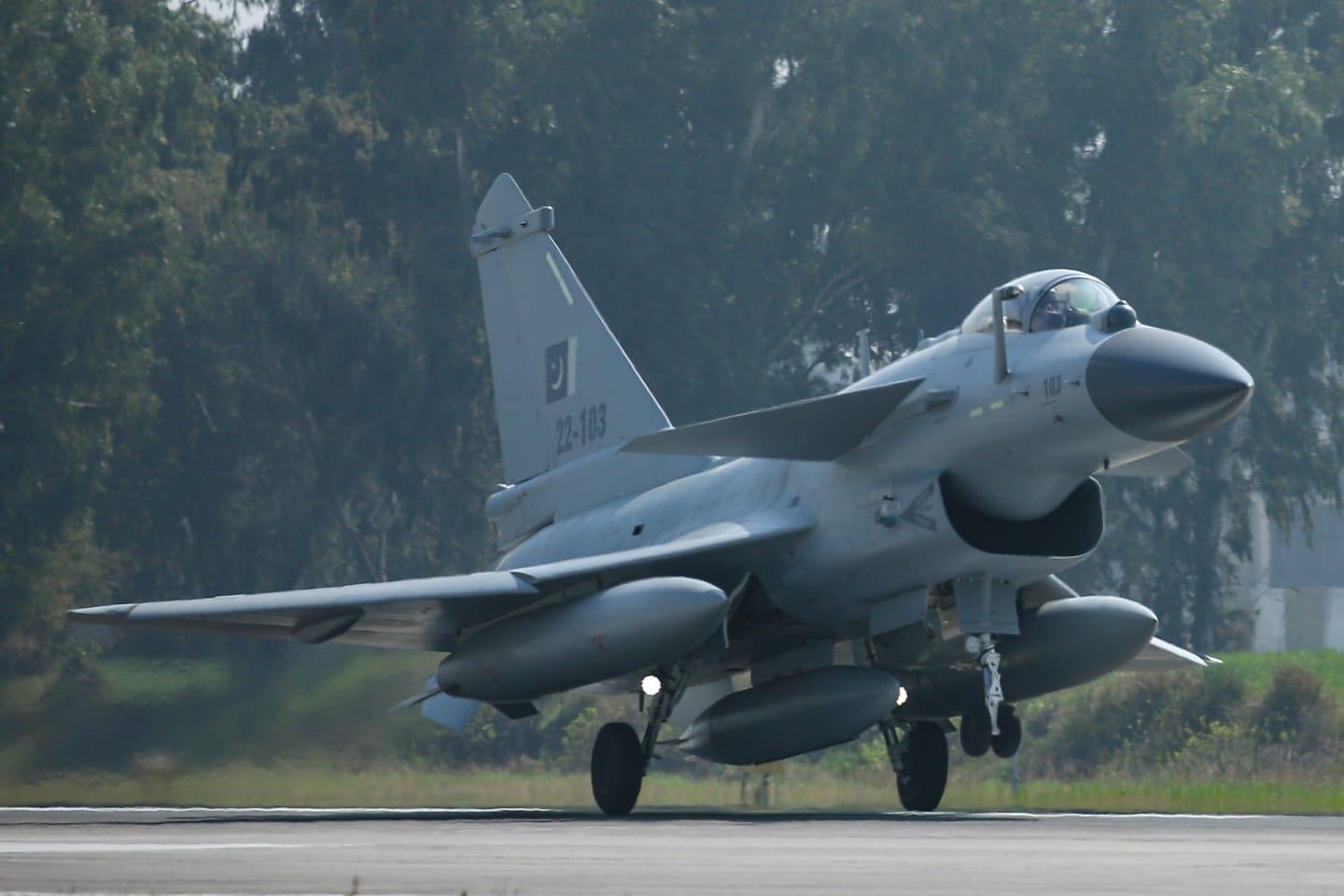The US Air Force Central Command (AFCENT) and the Pakistan Air Force (PAF) recently completed Falcon Talon 2024, a bilateral exercise held from June 1 to June 11. Hosted annually by the PAF, this event aims to strengthen the critical relationship between the two countries. On June 25, the US Air Force shared details and images of the exercise, emphasizing its focus on tactical counter-terrorism, air-to-ground weapons employment, and expert exchanges.
Airmen from the US Central Command's area were deployed to Pakistan, with personnel and cargo transported by the Air Mobility Command’s C-17 Globemaster III aircraft. The exercise featured the participation of US Air Force F-16 Fighting Falcons from Aviano Air Base’s 510th Expeditionary Fighter Squadron, alongside the PAF’s F-16s and JF-17 Thunder jets.
Photos revealed US and Pakistani aircraft parked at an undisclosed location in Pakistan during the exercise on June 6, 2024. The event underscored the importance of the US-Pakistan relationship and the mutual goal of regional security. According to the US Air Force, Falcon Talon 2024 focused on tactical execution, logistics support, and planning integration.
US Airmen collaborated closely with their Pakistani counterparts, participating in hands-on training and knowledge exchange in areas such as firefighting, explosive ordnance disposal, medical support, and joint terminal attack control. Airmen from the 378th Expeditionary Civil Engineer Squadron Fire Department worked with the Pakistan Air Force Fire Department on various drills and policy creation exercises. The exercise concluded with a friendly firefighter competition to test the newly acquired skills.
Master Sgt. Jonathan Campos of the US Air Force highlighted the positive impact of these exchanges, noting the strong personal relationships and sense of community developed through such activities. Lt. Col. Nicholas Gardner, Chief of Operations for Falcon Talon 2024, emphasized the enduring partnership between the US and Pakistan, critical for regional security since their mutual defense agreement in 1954.
Despite the historical partnership, recent US administrations have deprioritized relations with Pakistan. The Trump administration halted military cooperation, and under the Biden administration, relations have further declined, particularly following the US withdrawal from Afghanistan. In contrast, the US has strengthened its defense ties with India to counter China's influence and isolate Russia following its invasion of Ukraine.
In April 2023, B-1B Lancers from Ellsworth Air Force Base participated in Cope India 2023 for the first time, and in May 2024, the Indian Air Force's Rafale jets participated in the US multinational exercise Red Flag 24 in Alaska. India has also emerged as a strategic partner, receiving advanced technology and military equipment, with further collaborations planned in the space domain under the US-India initiative on Critical and Emerging Technology (iCET).





